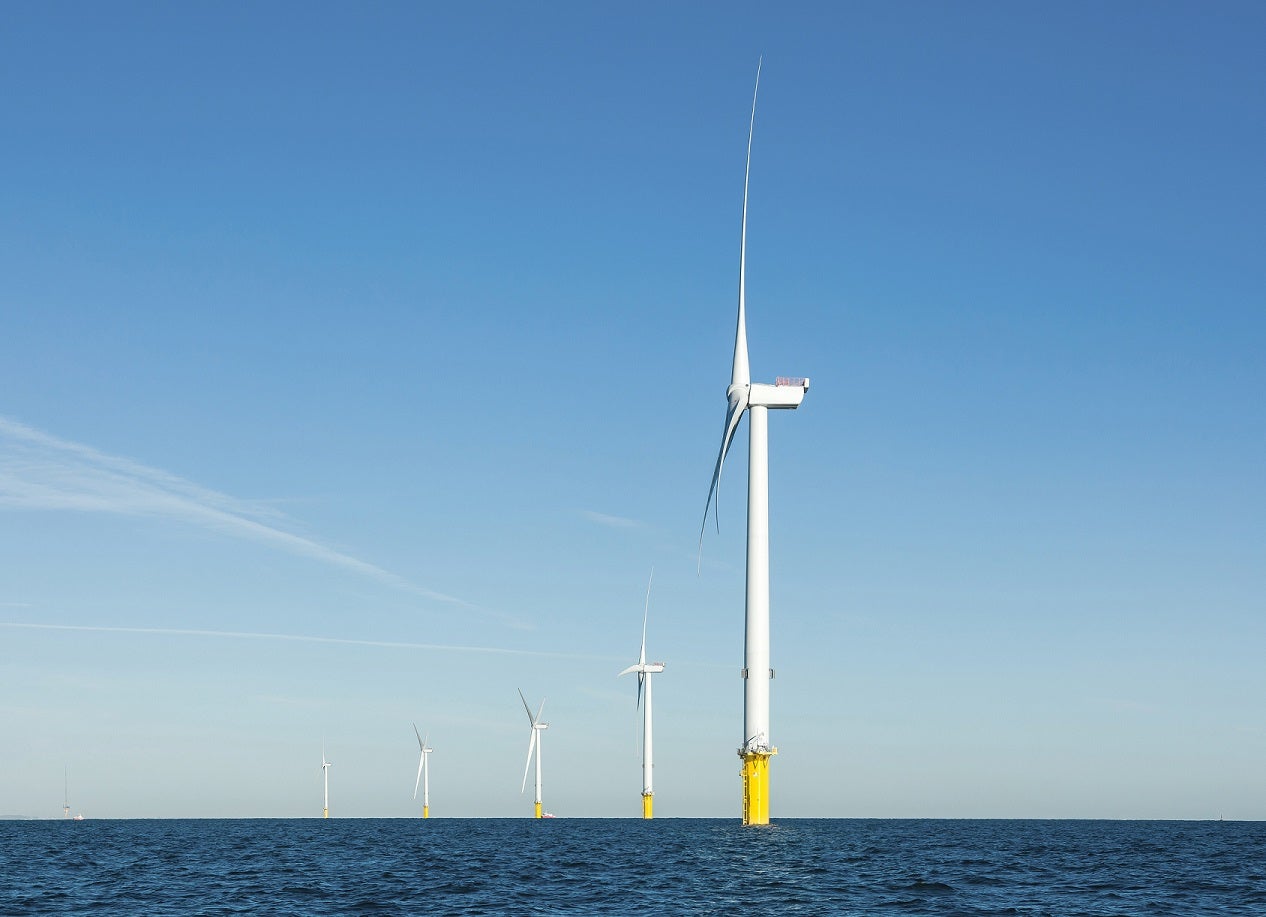
EDF Renewables, a subsidiary of French energy provider Électricité de France (EDF), has unveiled its plans to build the phase two of the Blyth Offshore Demonstrator (BOD) wind farm using floating turbines.
Once completed, the BOD wind farm is anticipated to become one of the first floating offshore wind projects in English waters.
The first phase of the wind farm was completed in 2017, with 5 wind turbines, generating 41.5MW, and is the first UK offshore wind farm to use float and submerge gravity base foundations.
EDF Renewables offshore wind director Michele Schiavone said: “We are very excited about this next phase of the BOD project and want to further the demonstration of construction and operation of floating turbines to show that floating wind is technically feasible and cost competitive in water depths of 50-60 metres.
“With the Contract for Difference (CfD) mechanism providing a potential route to market, we are confident that floating turbine technology can accelerate the UK’s journey to a net zero future where clean energy powers all our lives. We will use the project to support the further development of this emerging technology.
EDF Renewables has already initiated the works on planning for the phase two project, with a consent variation and procurement activities underway for the use of Blyth site to install up to five more turbines.
The additional installations are planned for a previously identified array location, 14km from the shore in water depths of nearly 55m.
The company is yet to finalise the capacity for phase two, as the current consent for BOD wind farm is limited for a maximum of 99.9MW. The remaining consented capacity for the wind farm is 58.4MW.
Turbines for the phase two BOD project is planned to be installed on floating sub structures.
EDFR has not selected the contractors including the turbine supplier yet, but has considered a range of floating technology options.
Also, the company is working together with suppliers and research organisations including the Offshore Renewable Energy Catapult to fully explore and incorporate appropriate technologies and approaches.
Schiavone added: “We are ambitious when it comes to offshore wind and already have two operational offshore wind sites at Blyth and Teesside.
“We are currently working on our 450MW Neart na Gaoithe project in the Firth of Forth in Scotland (a joint venture with ESB) and our Irish Codling project (a joint venture with Fred.Olsen Renewables) which will have a capacity of up to 1.5GW.”






